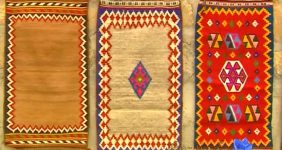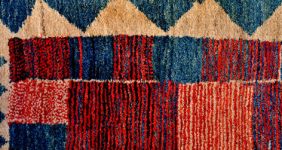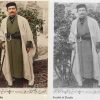Attire of Qashqai Nomadic Women 6
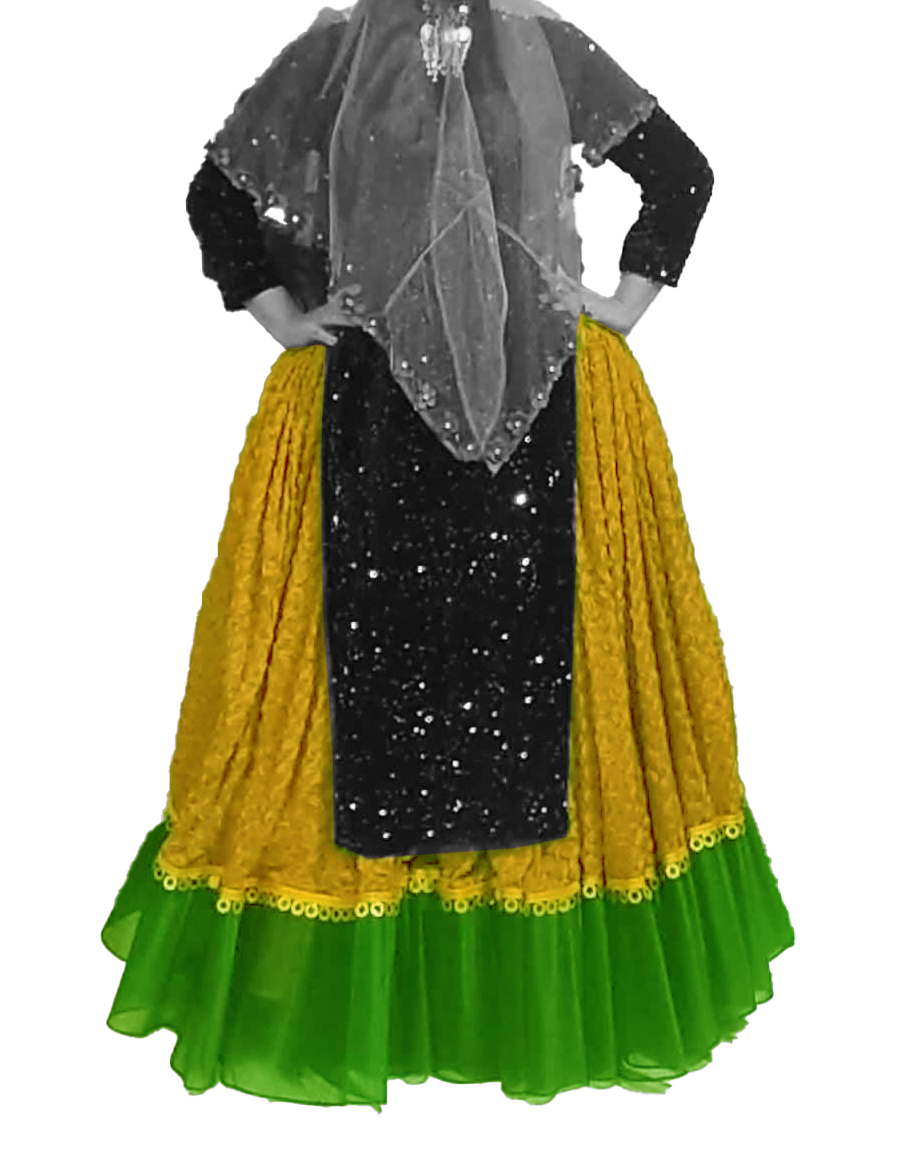
Undergarment or Skirt (Zirjameh) (IQSWS:Tonban)
The zirjameh, which some call a “shaliteh” or pleated skirt, was historically a short, wide skirt worn by women over trousers. However, today it is the most important part of a Qashqai woman’s attire. Because it is sewn long and worn in multiple layers, it eliminates the need for trousers.
The zirjameh is usually of two types: the inner zirjamehs, two to three of which are worn underneath, made of inexpensive and lightweight fabric, using 3 to 4 meters of material each; and the outer zirjamehs, made of expensive, delicate, or brocaded fabrics, one or two of which are worn, each using between 8 and 12 meters of material and sewn slightly longer than the inner ones.
The zirjameh worn on top is made of the finest fabrics, chosen according to financial means, and may be adorned with numerous borders and colorful ribbons, and sometimes with beadwork or sequins. Women are highly skilled in sewing, preparing, and decorating them. To sew a zirjameh, the fabric is measured from the waist to the calf or ankle, then cut into pieces that are sewn together. The zirjameh is suitable attire for nomadic life and constant activity and movement. It is a garment that does not require a covering such as a chador or other overgarment. It is not cumbersome and does not create problems during migration; with this garment, one can easily ride or dismount a horse. It is a beautiful and well-fitting garment, and when decorated with pleating and edging, it becomes one of the most attractive items of clothing. The choice of color for the zirjameh depends on the age of the individual; usually, the clothing of older people and widows is in dark colors.
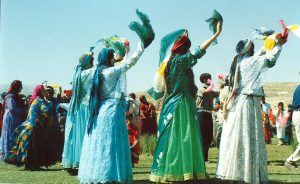
When sitting, the zirjamehs act as a carpet, and in terms of covering, they protect the lower body, even the legs, and do not move around in strong winds.
- The zirjameh is fastened to the waist with a woven band made of fine, strong threads. The pleating and the large number of zirjamehs create a beautiful, protective, and comfortable covering that, with its braiding (gheytan douzi) and other decorations, is unparalleled among traditional clothing.
Although Arab women from the eighth century wore a pleated skirt down to the knee along with a long tunic, when leaving the house, they wore a chador that had only a slit for seeing. This style of clothing, with slight variations and without the chador, became common among various tribes, but it cannot be said that Iranian taste was not incorporated into it. The designs of Muslim Arab clothing, which spread their civilization across most of the world for eight centuries, also became prevalent in the East. Muslims, who had a rich culture, were able to have a profound influence on the clothing of other countries, especially in the areas of lifestyle, art, and fashion, and it can be said that they played a role in the elegance of people in all eras. Unlike Greek women, who did not participate in social gatherings, few artifacts of their clothing remain; only in some periods has close-fitting clothing with a high-waisted skirt been researched.
This information is taken directly from the book Siyəh Çadorha – Mənuçehr Kiyani
کتاب سیاه چادرها از دکتر منوچهر کیانی (in persian)
To be continued…


